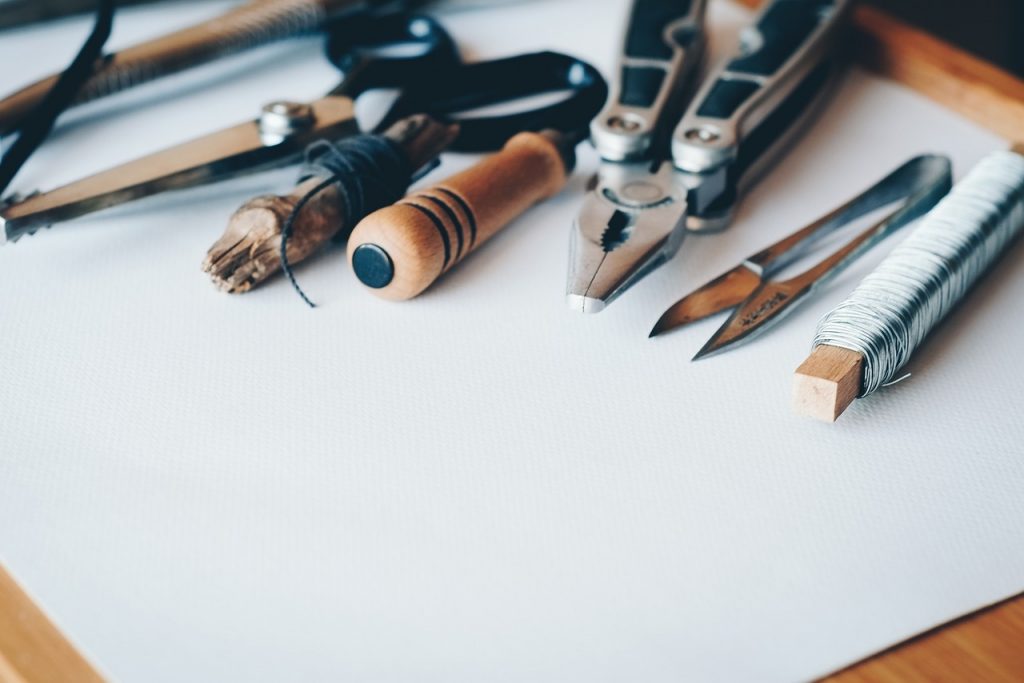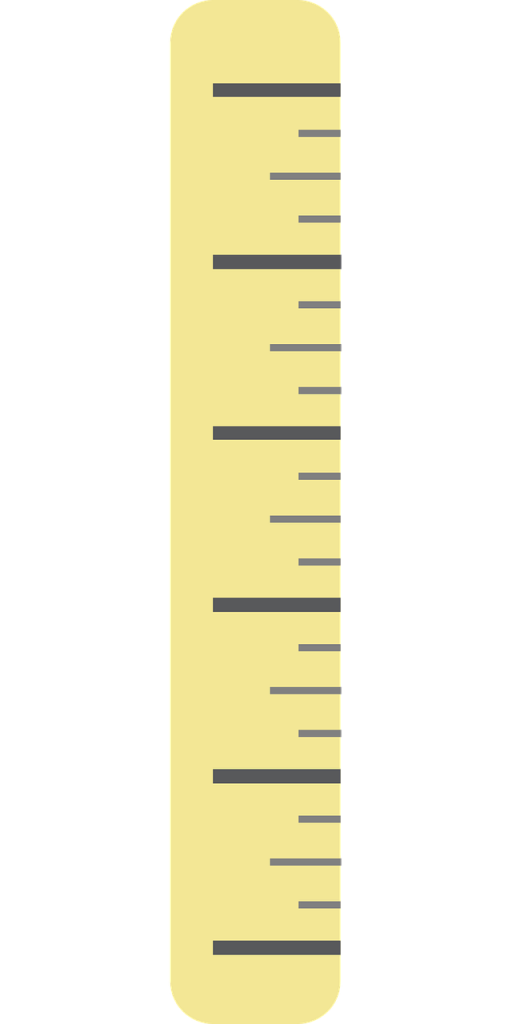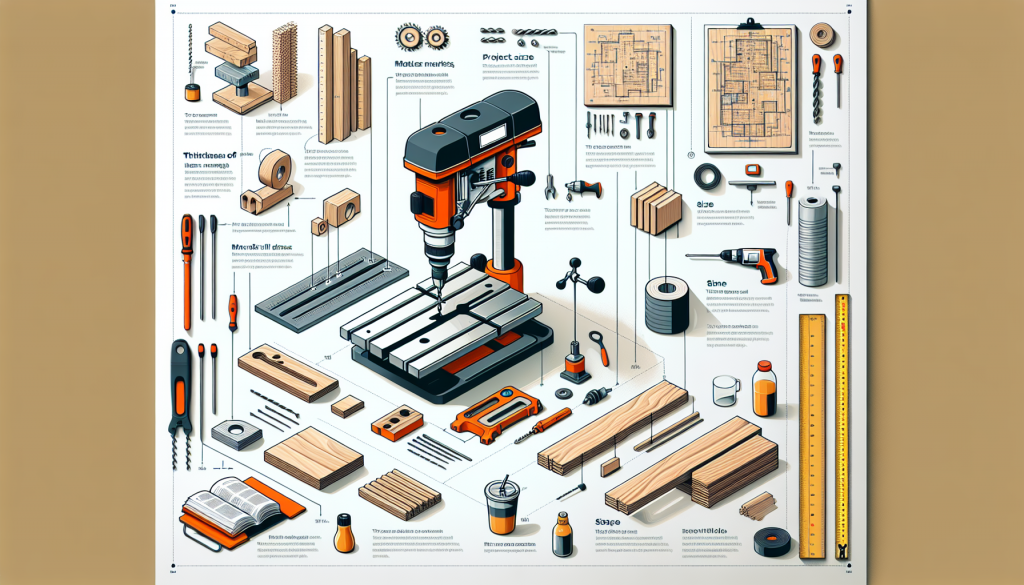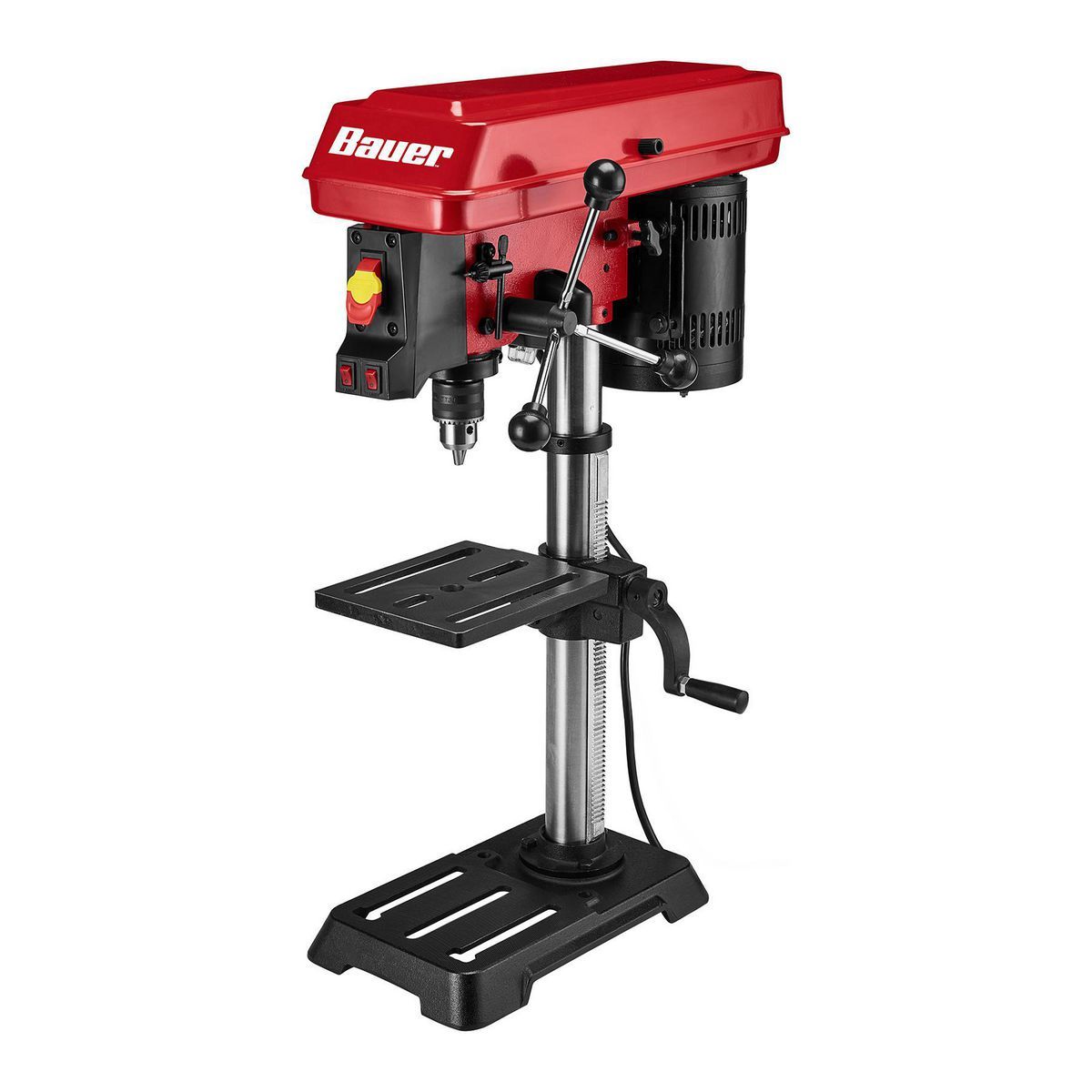Are you a DIY enthusiast looking to invest in a drill press, but unsure about which size is the right fit for your projects? Look no further! In this article, we will explore the topic of drill press sizes and help you determine how big of a drill press you need. Whether you’re a seasoned woodworker or just starting out, understanding the importance of choosing the appropriate drill press size is crucial for achieving the best results. So, let’s dive in and find the perfect drill press size for your DIY endeavors!

Factors to Consider
Type of Projects
When choosing a drill press, the first factor to consider is the type of projects you will be working on. Different types of drill presses are designed to handle specific tasks. For example, if you will mainly be doing small woodworking projects, a benchtop drill press may be sufficient. However, if you plan to tackle larger projects or work with heavy-duty materials like metal or concrete, you may need a floor drill press or even a magnetic drill press.
Size of Workpiece
The size of your workpiece is another crucial factor to consider. The workpiece refers to the object you will be drilling into or working on. It’s essential to choose a drill press with adequate clearance and space to accommodate the size of your workpiece. Consider both the diameter and height of the workpiece to ensure the drill press can handle it comfortably.
Drill Bit Compatibility
Before purchasing a drill press, it’s important to check the drill bit compatibility. Different drill presses may only accommodate specific sizes or types of drill bits. Ensure that the drill press you choose is compatible with the drill bits you intend to use for your projects. This will help ensure optimal performance and prevent any compatibility issues.
Available Space
Consider the available space in your workshop or workspace when selecting a drill press. Benchtop drill presses are compact and suitable for smaller areas, making them ideal for DIY enthusiasts with limited space. On the other hand, floor drill presses require more room due to their larger size and sturdy construction. Magnetic drill presses are a versatile option that can be mounted on metal surfaces, saving space and providing flexibility.
Budget
Lastly, it’s essential to consider your budget when choosing a drill press. The price range for drill presses can vary significantly, depending on the type, size, and additional features. Determine your budget range and prioritize the features that are most important for your projects. While it’s important to stay within your budget, remember that investing in a quality drill press can make a significant difference in your workmanship and productivity.
Types of Drill Presses
Benchtop Drill Press
Benchtop drill presses are compact and designed to sit on top of a workbench or table. They are suitable for smaller projects and offer convenient operation. These drill presses are a popular choice among DIY enthusiasts and hobbyists due to their affordability and portability. Benchtop drill presses typically have smaller motors and limited throat depth but can still provide accurate and precise drilling for a wide range of materials.
Floor Drill Press
Floor drill presses, as the name suggests, are designed to be placed on the floor or a sturdy stand. They are larger and more powerful than benchtop drill presses, making them a suitable choice for heavier-duty projects. Floor drill presses often have greater throat depth and spindle travel, allowing for drilling through thicker materials. They also offer more stability and less vibration, resulting in smoother and more accurate drilling.
Magnetic Drill Press
Magnetic drill presses are unique in that they are designed to be mounted on metal surfaces using powerful magnets. These drill presses are commonly used in metalworking, construction, and fabrication applications. They offer the advantage of portability and flexibility, allowing you to drill vertically, horizontally, or even at odd angles. Magnetic drill presses are especially useful for working on large metal structures or in areas where a traditional drill press may not be feasible.
Choosing the Right Size
Throat Depth
Throat depth refers to the distance from the center of the drill bit to the column of the drill press. It determines the maximum width of material that can be drilled. When choosing a drill press, consider the size of the workpiece you will be working with and ensure that the throat depth of the drill press is sufficient to accommodate it. A larger throat depth will allow you to work with wider materials without any limitations.
Spindle Travel
Spindle travel refers to the distance the spindle can move vertically, from its highest position to its lowest position. It is an important factor to consider, as it determines how deep you can drill into your workpiece. For thicker materials or when drilling deep holes, a drill press with a greater spindle travel will be advantageous. Make sure to choose a drill press that offers enough spindle travel to meet your project requirements.
Table Size
The table size of a drill press is another critical consideration, especially when working with larger workpieces. A spacious table provides ample support and stability, making it easier to position and secure your workpiece. Consider the dimensions of your typical workpiece and choose a drill press with a table size that can comfortably accommodate it, allowing for convenient and precise drilling.
Throat Depth
What is Throat Depth?
Throat depth is a measurement that determines the distance between the center of the drill bit and the vertical column of the drill press. It represents the maximum width of material that can be drilled using a particular drill press. A larger throat depth indicates a wider capacity for drilling wider workpieces.
Choosing the Appropriate Throat Depth
When selecting a drill press, it’s important to choose one with an appropriate throat depth for your projects. Consider the width of the materials you typically work with and ensure that the drill press can accommodate them comfortably. It’s always better to have a drill press with a slightly larger throat depth than you think you need to allow for versatility in future projects. Additionally, a larger throat depth provides more freedom and flexibility when positioning your workpiece.

Spindle Travel
Understanding Spindle Travel
Spindle travel refers to the vertical distance the drill bit can move up and down. It determines how deeply you can drill into your workpiece. Greater spindle travel allows you to handle thicker materials or drill deeper holes.
Determining Required Spindle Travel
To determine the required spindle travel for your projects, consider the depth of the holes you need to drill and the thickness of the materials you will be working with. It’s important to select a drill press that offers sufficient spindle travel to meet these requirements. Keep in mind that having some extra spindle travel capacity can be beneficial for future projects that may require deeper drilling.
Table Size
Importance of Table Size
The table size of a drill press plays a vital role in providing stability and support to your workpiece. A larger table size offers more surface area to position and secure your workpiece, ensuring accuracy and control during drilling. It also allows for better clamping options, providing added safety and preventing workpiece movement during drilling.
Calculating Ideal Table Size
To calculate the ideal table size for your projects, consider the dimensions of your typical workpieces. Ensure that the table is wide and long enough to comfortably hold your workpiece in place. Additionally, take into account any additional accessories, such as clamps or jigs, that you may need to attach to the table. Having a generous table size will provide versatility and convenience in various drilling scenarios.
Motor Power
Motor Power Requirements
The motor power of a drill press determines its drilling capability and performance. Different projects and materials require different levels of motor power. Smaller DIY projects may require a lower motor power, while heavy-duty tasks like metalworking or drilling into concrete will necessitate a more powerful motor.
Matching Motor Power to Projects
When choosing a drill press, it’s crucial to match the motor power to the specific requirements of your projects. Consider the materials you will be working with and the level of difficulty or hardness involved. This will help determine the minimum motor power needed to accomplish your tasks efficiently. Investing in a drill press with adequate motor power will ensure smooth operation and prevent any strain or premature wear on the machine.
Speed Control
Variable Speed vs. Fixed Speed
Drill presses can have either variable speed or fixed speed settings. Fixed speed drill presses have a single speed setting, typically determined by the motor’s RPM (rotations per minute). On the other hand, variable speed drill presses allow you to adjust the speed according to your specific drilling requirements.
Selecting the Right Speed Control
The choice between variable speed and fixed speed depends on the nature of your projects. If you will be working with different materials or drilling various hole sizes, a variable speed drill press provides the versatility to match the speed with the requirements of each task. For repetitive drilling operations or projects where a single speed is sufficient, a fixed speed drill press may be more cost-effective.

Additional Features
Quill Lock
A quill lock is a feature that allows you to lock the drill bit at a specific depth, preventing accidental movement during drilling. This feature is especially useful when drilling multiple holes to ensure consistent hole depths.
Work Light
A work light is an additional feature that provides illumination around the drilling area. It enhances visibility, especially when working in poorly lit environments or when drilling intricate and precise holes.
Depth Stop
A depth stop is a mechanism that allows you to set a specific drilling depth. It ensures that each hole is drilled to the same depth consistently, making it useful for repetitive drilling tasks or when achieving precise hole depths is critical.
Digital Displays
Some modern drill presses come equipped with digital displays that provide accurate readings of the speed, depth, and other settings. These displays offer convenience and ease of use, allowing you to monitor and adjust the drill press settings accurately.
Considerations for Different Materials
Woodworking
When working with wood, a drill press with moderate power and a slower speed range is usually sufficient. Wood is a relatively soft material that requires moderate drilling force and slower speeds to prevent splintering or burning. A drill press with adjustable speed settings and a range suitable for drilling wood will provide precise and clean holes.
Metalworking
Metalworking requires a drill press with more power and higher speed capabilities. Metals are harder and denser than wood, so a drill press with sufficient motor power and the ability to operate at higher speeds is necessary. Additionally, using appropriate cutting fluids and lubricants when drilling metal will help prolong the lifespan of the drill bits and ensure clean and accurate holes.
Concrete and Masonry
When drilling into concrete and masonry, specialized drill presses or diamond-tipped drill bits are required. These materials are extremely hard and abrasive, making them challenging to drill through. Drill presses designed for concrete and masonry drilling typically have powerful motors, specialized drill bits, and the ability to withstand the demanding nature of these materials. It’s important to follow proper drilling techniques and use suitable safety equipment when working with concrete and masonry.



